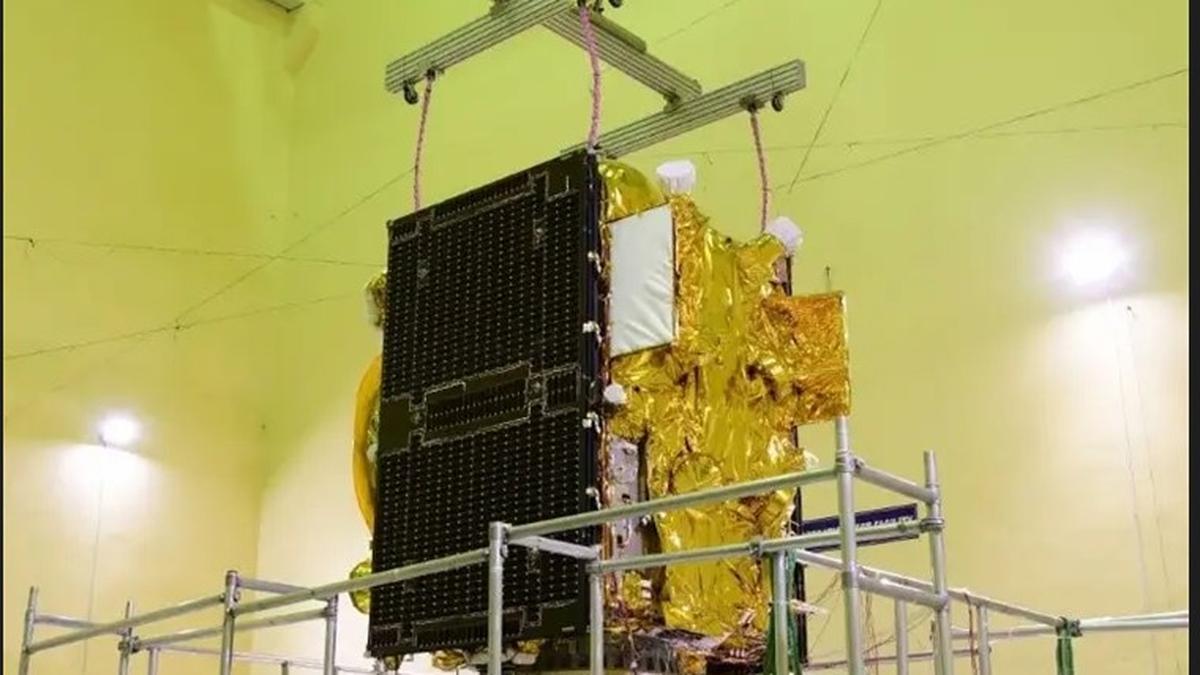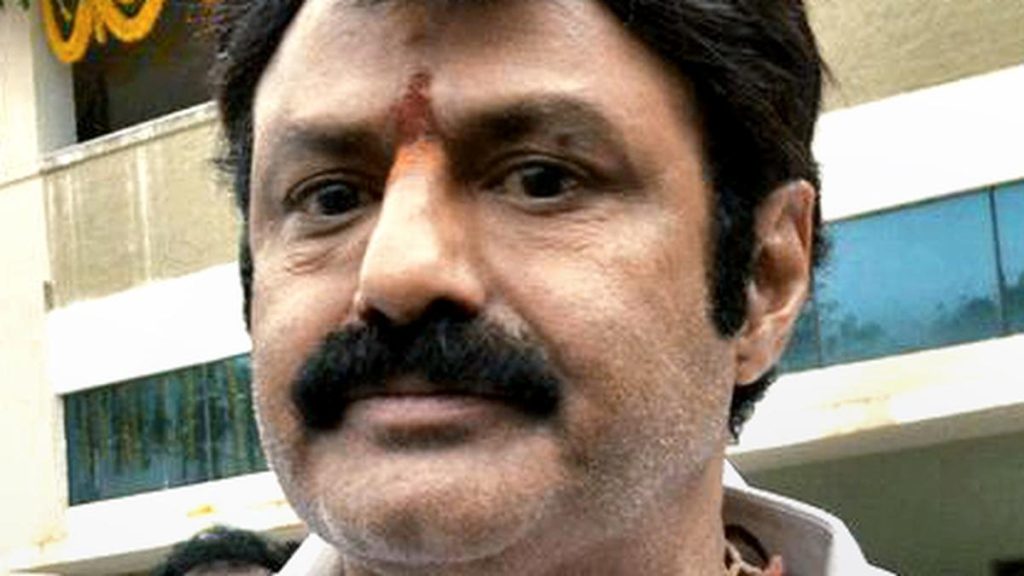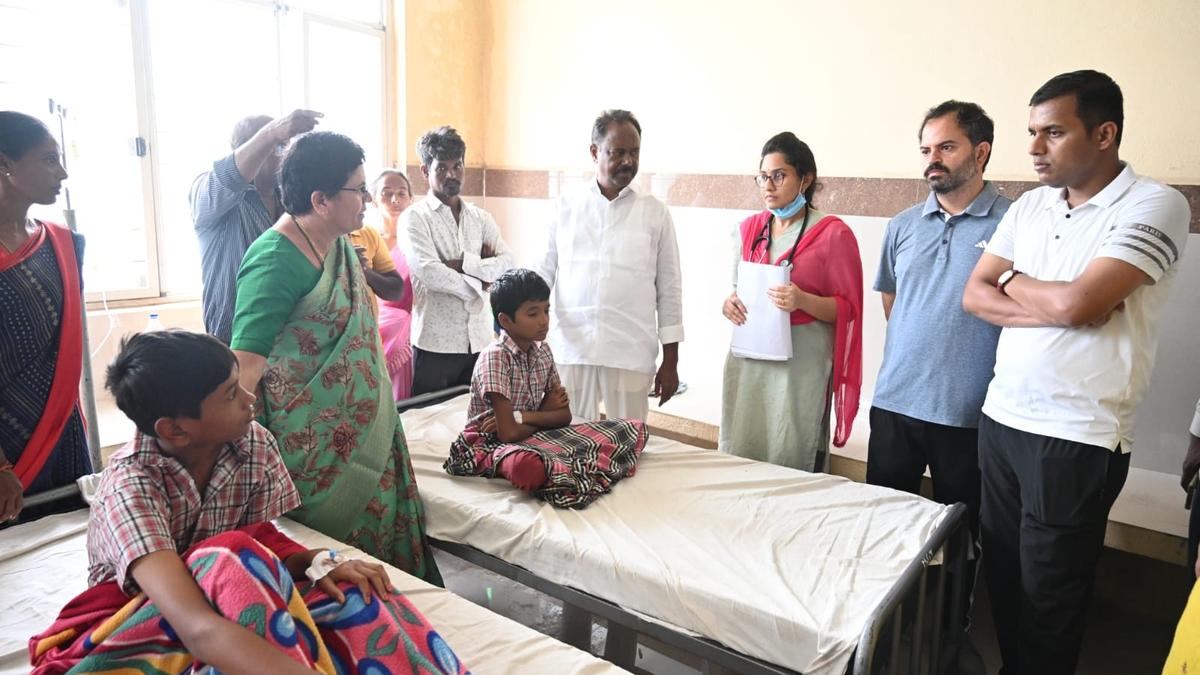Now Reading: Indigenous Clocks Postpone ISRO’s NavIC Satellite Replacement Plans
-
01
Indigenous Clocks Postpone ISRO’s NavIC Satellite Replacement Plans
Indigenous Clocks Postpone ISRO’s NavIC Satellite Replacement Plans

Speedy Summary
- ISRO plans to launch at least three satellites by the end of 2026 to replace defunct satellites in Navic (Navigation with Indian Constellation) system, which provides location services within India and a 1,500 km radius.
- India’s Navic system acts as a fallback navigation option during global conflicts or foreign satellite access denial.
- Out of nine Navic satellites launched since 2013, five are wholly defunct due to non-functioning imported atomic clocks, while two have partially failed clocks. Currently, only two satellites have functional atomic clocks.
- Future replacements will use indigenously developed rubidium clocks but face delays due to procurement challenges involving imported components.
- NVS-01 was successfully launched into orbit in May 2023; however, NVS-02 launched in January 2025 failed to reach its designated orbit for navigation purposes.
- India plans to deploy at least 100 satellites by 2040 for earth imaging and communication.
Indian Opinion analysis
The challenges faced by ISRO regarding the ageing Navic satellite network highlight India’s dependency on foreign technology and the complications of transitioning toward indigenous alternatives. While developing rubidium clocks indigenously demonstrates progress towards self-reliance in space technology, delays caused by procurement bottlenecks underscore gaps in streamlined manufacturing infrastructure.
India’s focus on maintaining an autonomous GPS system is strategically notable given global geopolitical uncertainties-it reduces reliance on foreign systems for critical defense purposes while supporting civilian navigation needs. Though, achieving this goal without setbacks requires robust coordination between domestic R&D capabilities and supply chains. As India targets launching a large fleet of new satellites by 2040, addressing these current operational challenges will be integral to ensuring longer-term success.
Read more: the hindu

























